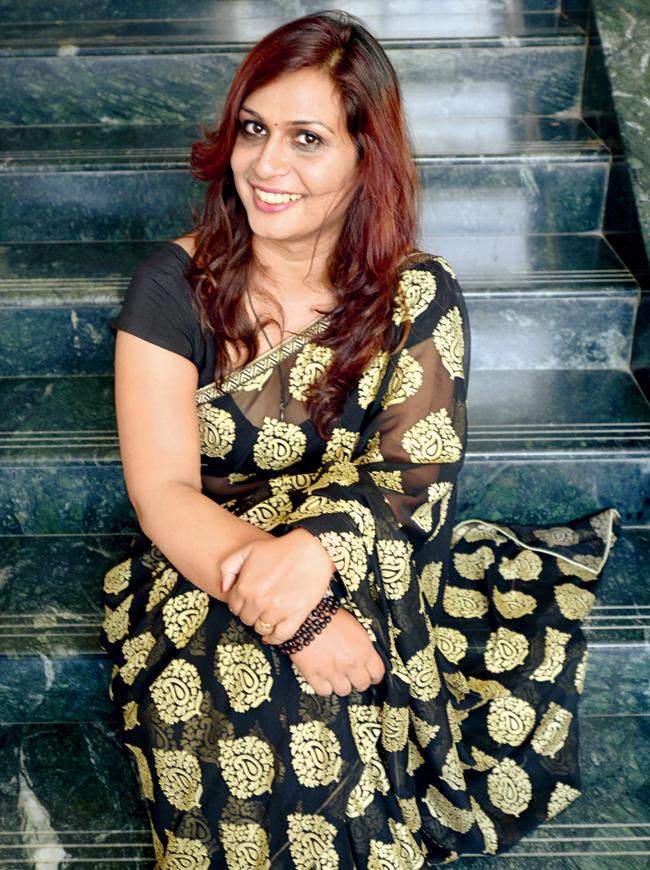Children from Mumbai’s slums have found a new voice — maps. A campaign, which will kick-start in the city next month, teaches them to map out their community issues and submit their charter of demands to corporators, city planners and minister Venkaiah Naidu

Early this week, Preeti Prada, National Head of Humara Bachpan Campaign, found herself looking up at a flyover near the city’s international airport. It was night-time and the flyover looked alluring, with its twinkling yellow lights and fast cars. Next to her stood a girl from a nearby slum. “She said, ‘Look at the flyover, didi. Things look so beautiful up there but our place looks so dirty, no? Everyone will forget about us when we have to shift from here in six months’,” remembers Prada. “It was so depressing as I didn’t have an answer for her.” The good news is, Prada and her team are in the middle of finding one.
ADVERTISEMENT

Children mapped out community issues they face in Delhi and Bhubaneswar, where the project successful
Urban issues, mapped
The two-year-old Humara Bachpan Campaign works towards providing a healthy environment to children living in urban poverty. It will kick-start the Mumbai chapter of its ‘child-led urban planning process’ titled ‘Turning Dreams into Reality’, facilitated by a series of mapping exercises, early next month.
As a part of the project, children from across 15 slums in places such as Shanti Nagar in Mankhurd, Jai Bhim Nagar in Powai, Bhim Nagar and Ambedkar Nagar in Malad and Kranti Nagar in Kandivli among others, will be encouraged to identify the major issues that they face in their community — such as housing, water, sanitation, electricity, lack of public spaces like playgrounds and safety.
They will, then, be taught to articulate their findings in the form of social maps (complete with problem trees and solutions). “Roughly three months later, once the maps are ready, the children will meet with city planners and corporaters and explain their issues to them,” elaborates Prada, adding that the whole idea was make the children’s aspirations practical. “Urban policies do not take into consideration children’s needs,” she adds.
The main idea of the project, spread across six cities such as Surat, Bhubaneswar, Vizag and Delhi, is to empower these children to oversee their own neighbourhood’s planning and groom them to become better leaders. “One of our agendas is to merge their plans with the city’s masterplan,” says Prada.

“We ultimately aim to have around 350 child leaders meet Venkaiah Naidu, the Union Minister of Urban Development, Housing and Urban Poverty Alleviation and Parliamentary Affairs, and submit their charter of demands,” she addsSafety, a big issue The project comes to Mumbai after its successful implementation in cities such as Delhi and Bhubaneswar. In Hyderabad, for instance, children from slums near the airport managed to get a play area for themselves and even convince the mayor to install police outposts and have police patrolling in the area.
In Mumbai, however, the team had to “restrategise,” says Prada. Explaining some of the challenges the team had to face in Mumbai, she explains, “Children in Mumbai are immune to their living conditions. Not getting water or electricity is okay or normal to them. Another issue was that they get evicted from their slums regularly, so we don’t know whether their houses will still be there six months down the line.
Just the other day, I asked someone in a slum in Mankhurd whether he wants development in his area and he said he and his family will be there till they get evicted and then after that, they will return to their village. In cities like Delhi, however, we saw the community fighting for their space, insisting that this is where they earn their livelihood. So the basic challenge was to change that mindset.”
Prada also explains that a major issue that children face in Mumbai is the lack of safety. “Imagine this. There are only two streetlights for 530 households in a slum area, so children feel unsafe while returning home after tuitions. In fact, during our programmes in Mumbai, we have noticed that girls are more empowered than the boys, as they are otherwise kept behind closed doors and feel suffocated.”
The children, meanwhile, have already pledged their support and have promised to stay back during holidays in April and May to participate in the project. “They are very excited about it,” laughs Prada.
 Subscribe today by clicking the link and stay updated with the latest news!" Click here!
Subscribe today by clicking the link and stay updated with the latest news!" Click here!






